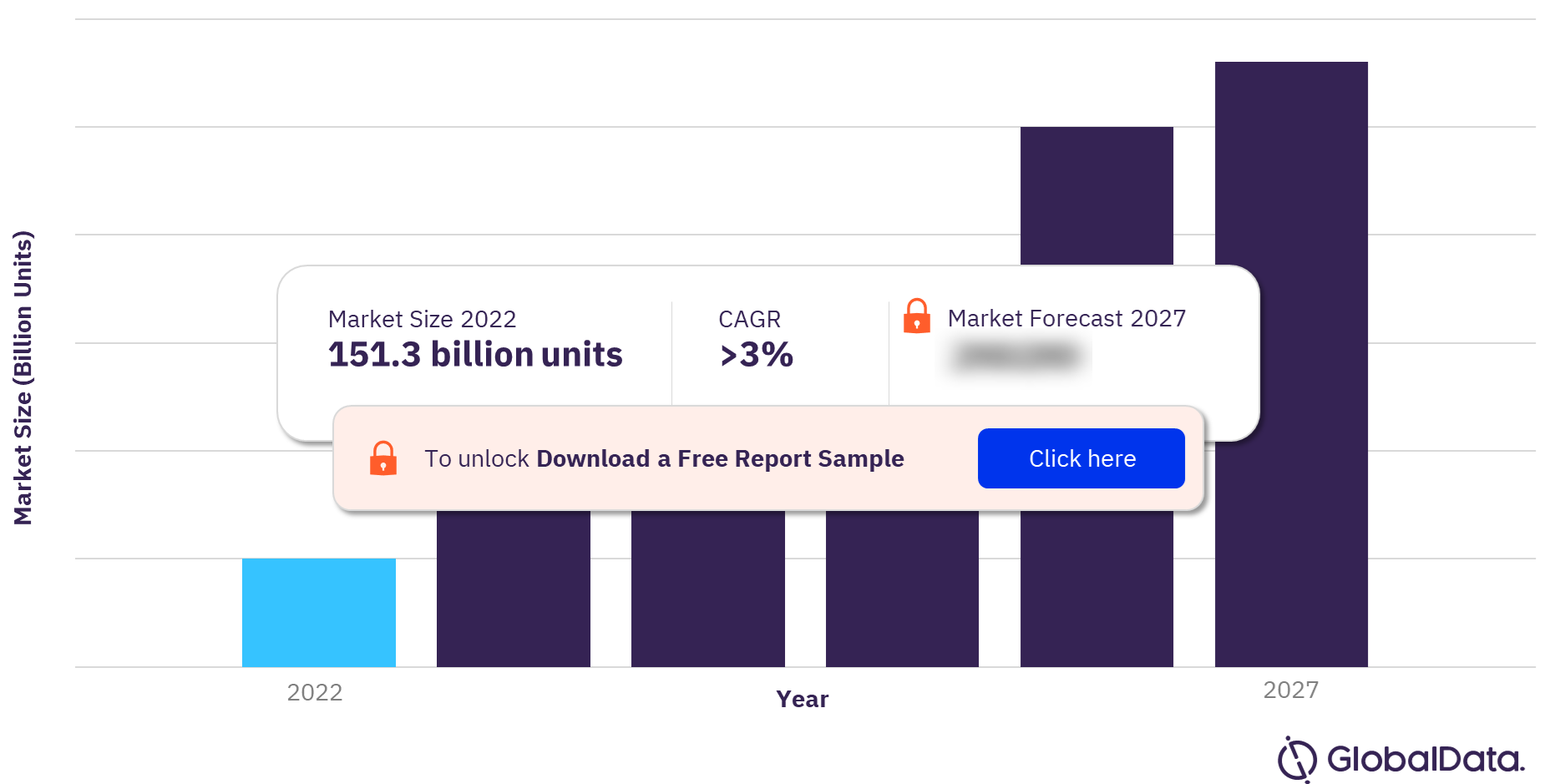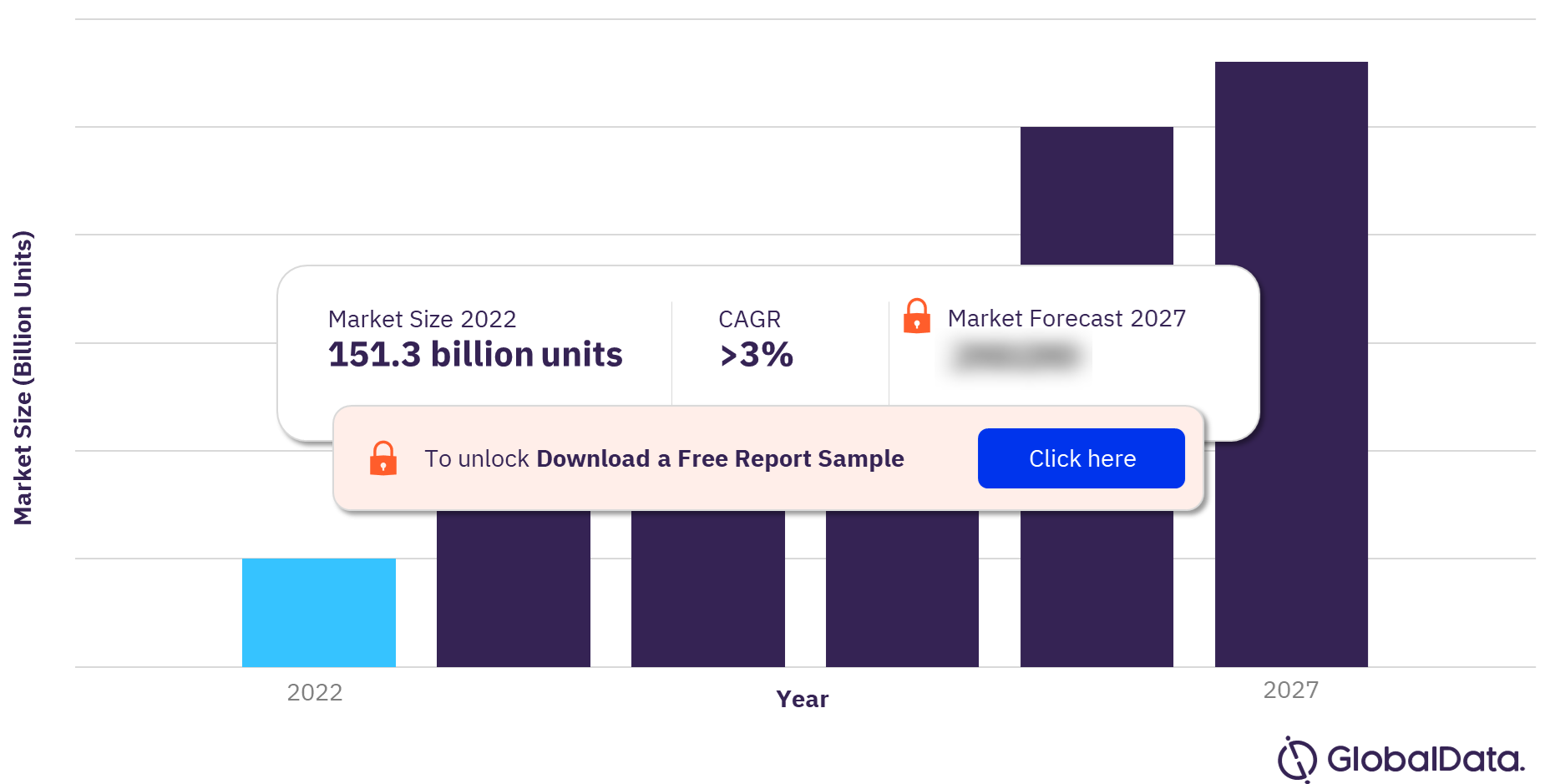Indonesia's packaging market is a dynamic and rapidly growing sector, shaped by economic development, changing consumer preferences, and industry innovations.
 For more insights into the Indonesia packaging market forecasts, download a free sample report
For more insights into the Indonesia packaging market forecasts, download a free sample report
Here's a comprehensive overview of the current state and key aspects of the packaging industry in Indonesia:
1. Market Size and Growth:
- Current Status: Indonesia's packaging market has experienced substantial growth, driven by a burgeoning population, rising consumerism, and increased industrial activities.
- Growth Factors: The market is expected to continue expanding due to economic growth, urbanization, and the continuous evolution of consumer goods industries.
2. Packaging Materials:
- Current Landscape: Packaging in Indonesia encompasses a variety of materials, including plastic, paper and board, glass, metal, and flexible packaging solutions.
- Dominant Material: Plastic remains a dominant packaging material due to its versatility, cost-effectiveness, and widespread use in various industries.
3. Sustainability Initiatives:
- Current Focus: Sustainability is gaining traction in the Indonesian packaging market, with a growing emphasis on eco-friendly materials, recyclability, and reduced environmental impact.
- Government Initiatives: The Indonesian government is actively promoting sustainable practices, encouraging the use of environmentally friendly packaging solutions.
4. E-commerce Impact:
- E-commerce Boom: The rise of e-commerce has significantly influenced packaging trends, with increased demand for secure and efficient packaging solutions tailored to online retail.
- Opportunities: The e-commerce boom presents opportunities for innovations in packaging design, logistics, and protective materials.
5. Consumer Goods Packaging:
- Diverse Industries: The packaging market in Indonesia serves diverse industries, including food and beverages, pharmaceuticals, personal care, and household products.
- Demand Drivers: Increasing disposable income, changing lifestyles, and a growing middle class drive demand for attractive and functional packaging across various consumer goods.
6. Technological Advancements:
- Current Trends: Indonesia's packaging industry is adopting technological advancements, including smart packaging solutions, to enhance product traceability and consumer engagement.
- Growth Potential: Continuous investments in technology are expected to contribute to the growth and modernization of the packaging sector.
7. Regulatory Landscape:
- Regulatory Framework: Indonesia has regulations in place to govern packaging, with a focus on environmental sustainability and waste management.
- Compliance Challenges: Adhering to and navigating evolving regulations can pose challenges, but they also drive the industry toward more sustainable and responsible practices.
8. Export Market Opportunities:
- Global Presence: Indonesia's packaging industry has the potential to tap into international markets, offering packaging solutions to global manufacturers and exporters.
- Quality Standards: Meeting international quality standards can open up opportunities for Indonesian packaging manufacturers on the global stage.
9. Challenges and Opportunities:
- Challenges: Addressing plastic waste issues, meeting sustainability goals, and navigating regulatory complexities are key challenges.
- Opportunities: Innovations in sustainable packaging, technological advancements, and strategic collaborations present opportunities for growth and market leadership.
10. Future Outlook:
- Positive Growth Trajectory: Indonesia's packaging market is poised for continued growth, driven by economic factors, consumer trends, and a commitment to sustainable practices.
- Innovation and Adaptation: Companies that innovate, embrace sustainability, and adapt to changing market dynamics are likely to thrive in Indonesia's evolving packaging landscape.
Conclusion: The packaging market in Indonesia is characterized by its vibrancy, growth potential, and responsiveness to global trends. As the industry continues to evolve, stakeholders must align with sustainability imperatives, technological advancements, and changing consumer expectations to navigate the dynamic market landscape successfully.


